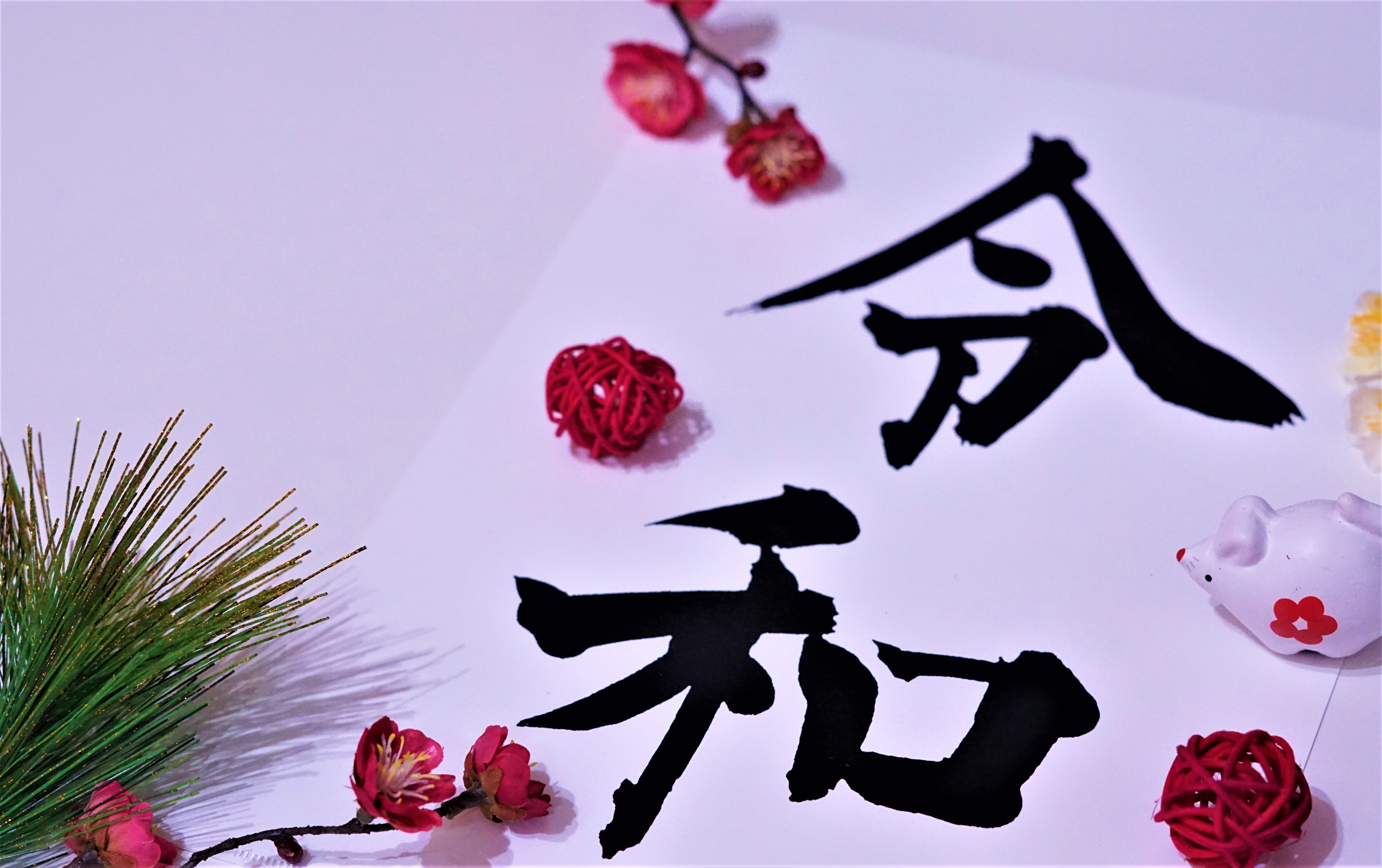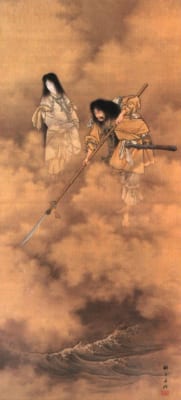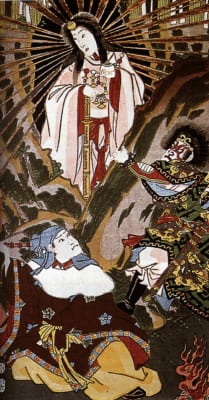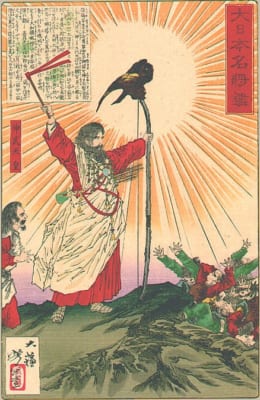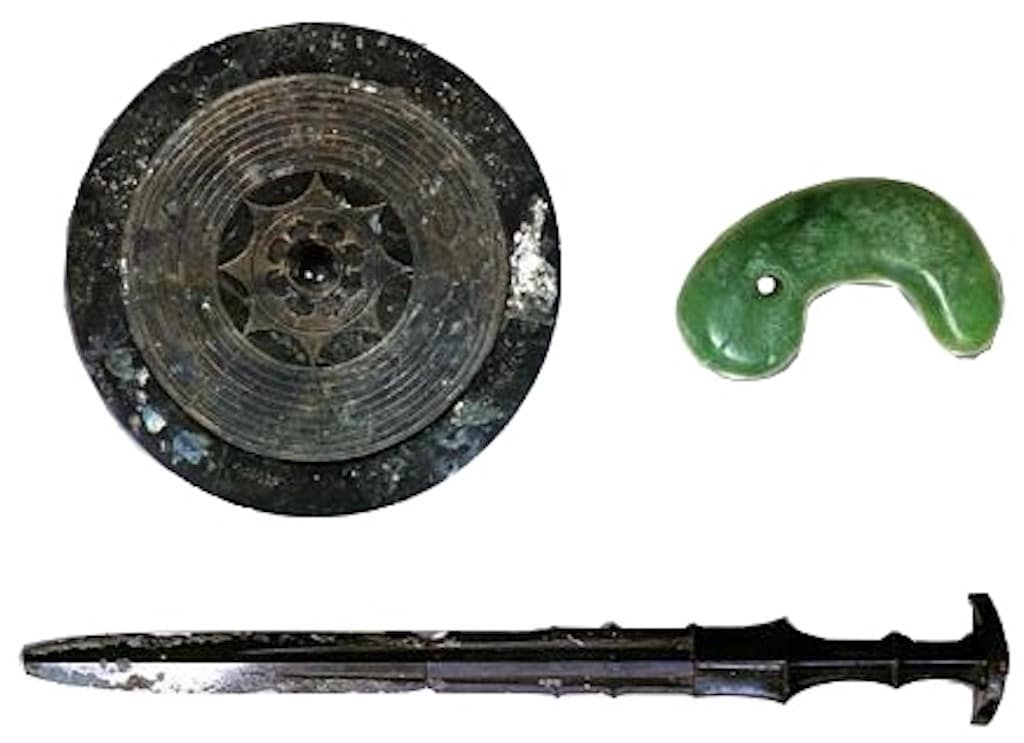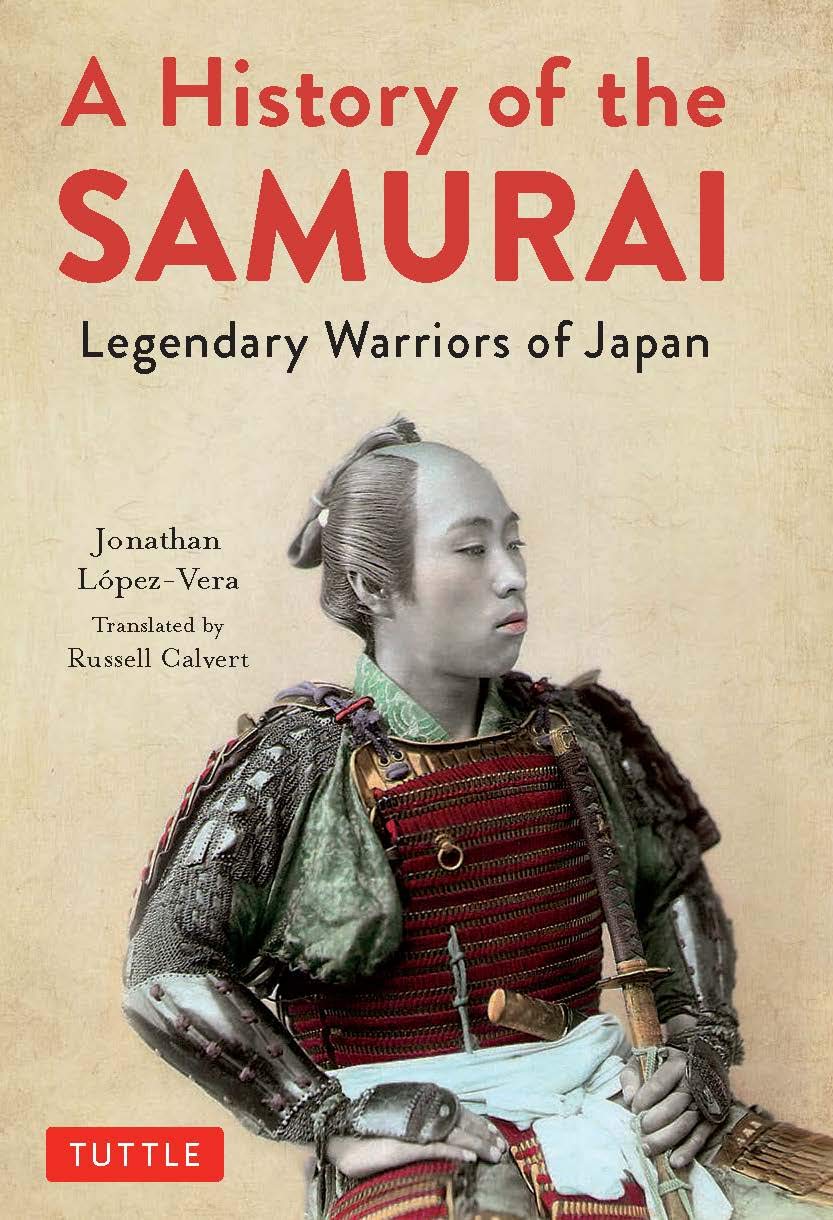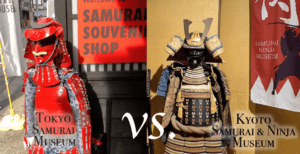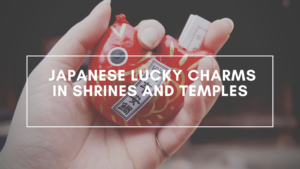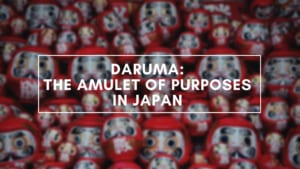The Three Sacred Treasures of the Japanese Imperial Family
Discover the Imperial Treasures of Japan or Sanshu no Jingi
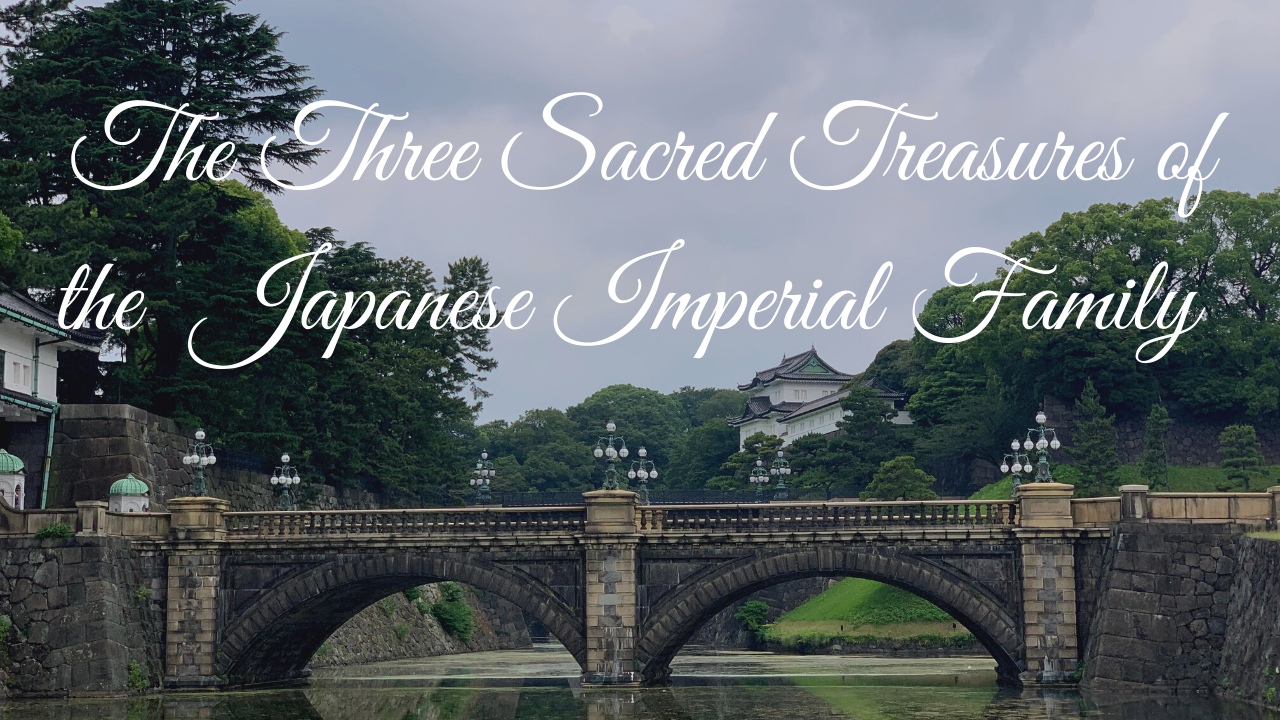
Last year 2019 was an important year for the Imperial Family of Japan and for the country. Surely you have seen a lot of news about it: Emperor Akihito abdicated in favor of his son Naruhito, and Japan started new era called Reiwa began.
In addition to the Western calendar, Japan employs the Imperial Era system, in which each period corresponds to the reign of an emperor. Until the end of the Edo period (1603-1868) it was changed from one era to another depending on different factors. But in the Meiji Era (1868-1912) the rulers established that a new era should correspond to each new emperor. This was inspired because it was what the Qing dynasty was doing in China. Also because in this era the Imperial Family gained power. The fact is that since then, every time the Emperor was changed, the name of the era was changed. That’s why with the change of Emperor last year a new era began in Japan.
So I thought it’s a good moment to talk about the Imperial Treasures of Japan. Do you want to know what they’re and what relationship the Japanese Imperial Family has with the famous manga Sailor Moon?? Well, stay until the end of this article! 😉
The Japanese monarchy is considered the oldest hereditary monarchy in the world that has reigned continuously and is said to descend from the sun goddess Amaterasu (天照). Amaterasu is an important goddess of the Shinto religion. According to the Shinto religion, Amaterasu is the daughter of Izanagi and Izanami, two primary deities who are considered responsible for the creation of the islands of Japan.
Right: Amateratsu with the Three Sacred Treasures
Amaterasu had a grandson named Ninigi-no-Mikoto, who would become king of the human world. Amaterasu sent him to pacify Japan and gave him three magical items or three heavenly gifts to help him with his task. The Imperial Treasures of Japan or Sanshu no Jingi (三種の神器), known as “The Three Sacred Treasures”, consist of a sword called Kusanagi no Tsurugi (草薙劍), a jewel or jewelery necklace called Yasakani no Magatama (八尺瓊曲玉) and a mirror, the Yata no Kagami (八汰鏡). It’s said that these three objects represent the three primary virtues of Japan: courage (the sword), wisdom (the mirror) and benevolence (the jewel).
It was Ninigi’s great-grandson, Jimmu, who would become the first emperor of Japan in 660 BC. C. The current Imperial Family defends that it’s a descendant of Emperor Jimmu, and therefore, a direct descendant of the sun goddess Amaterasu. It’s assumed that Ningi gave the Three Sacred Treasures to Jimmu, and from there they have been passed from generation to generation and are the objects that legitimize the Imperial Family.
In fact there was a time in the fourteenth century in which there were “two imperial families,” the northern and southern dynasties. Very very summed up, in 1246 the Emperor Go-Saga (1220-1272) abdicated in favor of his son Go-Fukakusa (1243-1304) to, thirteen years later, press him to get his abdication in favor of his younger brother, Kameyama (1249-1305). After the death of Go-Saga two successor lines were established from their two children and each new emperor was chosen alternately between both lines. At one point, they decided to leave a single line, and of course the other line obviously didn’t like it and rebelled. The samurai first supported one line, then another, then again the first. Conclusion: a super big mess.
But returning to the Imperial Treasures, during this period the “legitimate” court or supported by the samurai class was the Northern Court. However, the line that was expelled, the Southern Court, defended that they were the legitimate court since they had the Imperial Treasures. They said that when they surrendered they had delivered a copy, and not the originals. And all this came because we explained that it’s these three objects that give legitimacy to the Imperial Family and this episode is an example of this.
The exact moment when princes become emperors is when they receive the Sacred Treasures. That is why on May 1, Prince Naruhito received the treasures in a ceremony to which only some priests and members of the Imperial Family had access. It’s one of the few moments in which the three objects are together. They’re usually stored separately in three different places in the Japanese archipelago. Due to the legendary status of these objects, their exact location isn’t confirmed but it’s believed that the sword is in the Atsuta Temple in Nagoya, the jewel in Kōkyo (the Imperial Palace) in Tokyo and the mirror in the Shrine of Ise on Mie (the biggest and most important shrine in Japan).
By the way, it’s believed that the sword is a reproduction. During the Genpei War (1180-1185) the Taira fled to the island of Shikoku, where they were cornered and had become strong thanks to their naval superiority. Before the arrival of the Minamoto, the Taira decided to flee by sea, taking with them the 6-year-old Emperor Antoku. Off the coast of a small village called Dan-no-Ura, the Taira were defeated.
Many of them decided to commit suicide before being killed or captured by the Minamoto, among them the emperor’s grandmother, who threw herself into the sea taking her grandson and the Imperial Treasures with her. According to the story, the mirror was recovered immediately and the jewel was recovered shortly after by the divers, but the sword was lost forever. There’re a series of medieval texts related to the loss of the sword with different theories, such as that the current one is a replica, or that the lost sword was a replica or even the sword was returned to earth by supernatural forces.
Note: Historical information about the two dynasties and the Genpei War has been taken from the book “A History of the Samurai: Legendary Warriors of Japan by Jonathan López-Vera. Jonathan Lopez-Vera has a PhD in Japanese History and an MA in World History from Pompeu Fabra University (Spain). If you like Japanese history and are interested in knowing more, you can pre-order the book here.
And if you want to know more about Japanese traditional culture or general culture, you can check these articles too! 🙂
▽Related Articles▽
▼Editor’s Picks▼
Written by
From Barcelona to Tokyo. Coffee & Adventure lover.
I started to like Japan because of the anime, music and dramas, but after my first trip to the country I found what I love the most: traveling around, the culture and history. I have travelled a lot in Japan, but I still have many places to discover that I want to share with you. Let’s discover Japan together!
Also, as a foreigner living in Japan for over 6 years I understand what kind of things are difficult when you move here and I want to help other people in the same situation that I have in the past.





